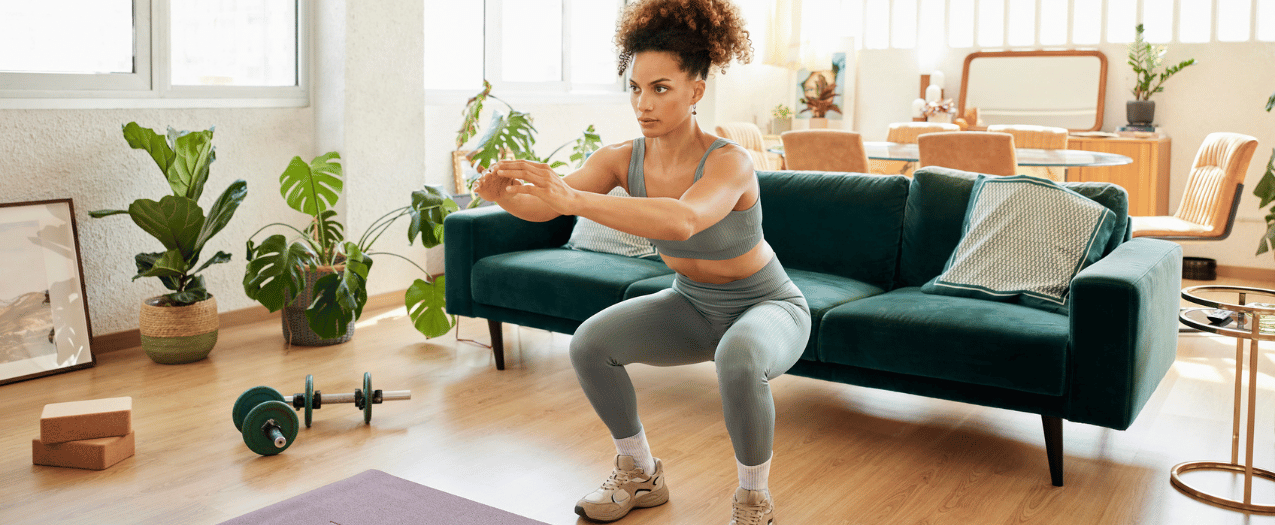
Over 25 million adult Americans experience some degree of urinary incontinence (UI). Although it can occur at any age, the older you get, the more likely it is to occur. On its own, urinary incontinence does not have many health complications, but it can be a symptom of something more serious and cause significant disruptions to your daily life. Luckily, thanks to various incontinence products, you don't have to sacrifice quality of life. While it's important to work with your doctor to rule out any medical conditions causing UI, you can also receive incontinence products covered by Medicaid. To help you understand how to navigate this process, consider the following guide.
What is Urinary Incontinence?
Urinary incontinence (UI) is the involuntary leakage of urine that can result from various conditions, such as overactive bladder (OAB), weakened pelvic floor muscles, or neurological disorders. There are several types of UI, the two most common being stress and urge incontinence. Treatment options for UI are available, but some individuals find that certain products can help improve their quality of life while determining the cause or finding a solution to leakage. Unfortunately, the costs for these products can add up, which is why many individuals want to know about their insurance coverage for products. Medicaid is one option that can help cover the costs of these products, but it's important to check your eligibility in advance.
What to Know About Medicaid
Medicaid was created in 1965 as part of the Social Security Act of 1965 and is considered a public insurance program. It’s a joint federal and state program that provides health coverage to low-income individuals and families. Coverage applies to children, parents, seniors, pregnant women, and people with certain disabilities. While the federal government assists with funding, each state has unique eligibility criteria, benefits, and administration. Due to the broad federal guidelines, this gives states a lot of flexibility with their individual Medicaid programs. Therefore, eligibility for Medicaid coverage and benefits can vary greatly from state to state. This means that you’ll need to adhere to different rules and processes for coverage depending on where you live.
Medicaid is different from Medicare, which is federally administered and funded health coverage for people over the age of 65. While there can be some overlap in low-income seniors, eligibility is not mutually exclusive.
Who is Eligible for Medicaid?
Medicaid is considered something called an ‘entitlement’ program. This means that anyone who meets the eligibility rules is entitled to enroll. However, the coverage may differ from person to person, depending on the rules in your state. Typically speaking, coverage is for the following groups of people:
- Children of low-income families
- Pregnant women with low incomes
- People with certain disabilities
- Seniors with low income
- Parents or caregivers with low-income
- Children in foster care
Unfortunately, some families who fall below the poverty line may still not qualify for Medicaid plans. Individuals over the age of 21 may also have a hard time with eligibility. Regarding prescriptions and coverage eligibility, there you must demonstrate a medical need for products, medications, or supplies. To help maximize your coverage options and find the right insurance plan for your needs, consider working with a Medicaid representative.
New York Medicaid Eligibility
To be eligible for New York Medicaid, you first need to be a legal resident within the state of New York. You must also be a U.S. national, citizen, permanent resident, or legal alien. You will need to be actively enrolled in a New York Medicaid plan before any incontinence supplies or products will be approved. Individuals who need healthcare or health insurance and who are considered either low-income or very low-income may be eligible. However, you must also meet one of the following criteria:
- Be responsible for a child 18 years of age or younger, or
- Pregnant, or
- Have a disability, or
- Have a family member in your household with a disability, or
- Blind, or
- 65 years of age or older
You can find more information regarding New York Medicare eligibility and benefits by visiting the website here.
Does New York Medicaid Cover Incontinence Supplies?
Yes, New York Medicaid does cover certain incontinence products, depending on your needs and eligibility. The number of items you're eligible to receive per month may also vary, but typically, Medicaid will cover things like:
- Disposable adult diapers or liners
- Adult protective underwear or briefs
- Booster pads
- Bladder control pads
- Male guards
- Underpads
Remember, many of these products are only approved if deemed medically necessary by a healthcare provider, so it's important to work with your doctor. Medical needs can range from overactive bladder (OAB), incontinence, ADHD, autism, and more, which your doctor can help prove for insurance purposes. You'll also likely need a prescription to qualify for and receive incontinence supplies through New York Medicaid. The prescription should clearly state an estimated number of supplies you'll need per day and the reason for the need.
Children older than three may also be eligible for certain types of incontinence supplies covered by Medicaid. They can typically receive up to 250 disposable diapers and/or liners per month, not exceeding over 1,750 in a six-month period. This can be especially beneficial for parents with children who have autism or those living with disabilities such as spinal cord injuries. Absorbent liners used for incontinence are not the same as menstrual pads, and the latter is not covered under Medicaid.
How to Make the Most of Your Medicaid Coverage Regarding Incontinence Products and Supplies
As a Medicaid recipient in New York, the types of products that are covered for UI are limited. However, once you know which medical products are available, you can learn more about each type and make an informed decision regarding the best options for your needs.
Begin by researching the different types of incontinence products and the brands that offer them. Here's a breakdown of the common types of UI products that Medicaid programs cover:
- Disposable adult diapers or liners — These products provide maximum absorbency for individuals with moderate to heavy incontinence, fitting snugly around the waist and legs to prevent leaks. They are designed for ease of use and can be easily disposed of after wear.
- Adult protective underwear or briefs — Similar to regular underwear, these pull-on garments offer discreet protection with high absorbency for moderate to heavy incontinence. They feature elastic waistbands and leg openings for a comfortable fit while safeguarding against leaks.
- Booster pads — Booster pads are designed to be placed inside another absorbent product to enhance its capacity. They're not meant to be worn alone and provide extra protection for extended wear or during times of heavy incontinence.
- Bladder control pads — Bladder control pads are thin, absorbent pads that adhere to regular underwear, providing light to moderate protection for individuals with occasional leaks or mild incontinence. They are discreet and designed for comfort throughout the day.
- Male guards — Specifically shaped to fit the male anatomy, these guards offer targeted protection for men experiencing light to moderate incontinence or post-prostate surgery leaks. They fit securely inside regular underwear.
- Underpads — Also known as bed pads or chux pads, underpads are absorbent sheets placed on furniture or bedding to protect surfaces from leaks. They're often used as an additional layer of protection for individuals who are bedridden or during nighttime incontinence.
How to Receive Incontinence Supplies Covered by New York Medicaid
Byram Healthcare has been the market leader in home medical supplies for over 50 years. We specialize in incontinence supplies covered by New York Medicaid and several other insurance types. When you partner with Byram, you’ll enjoy a streamlined way to get your urologic products.
- Zero out-of-pocket costs for eligible Medicaid recipients
- No hassle regarding insurance paperwork and prescriptions
- Clinical and educational support at your fingertips
- Discreet delivery directly to your doorstep
- A full range of urology products to help you manage a range of conditions
Some of the most common incontinence supplies covered by New York Medicaid include protective underwear, adult diapers, liners, bladder control pads, male guards, and more. To learn more about our wide range of products, visit our product catalog today.
Dealing with the insurance process when trying to order your incontinence supplies covered by New York Medicaid can be frustrating at first, but there is an easier way. Byram Healthcare is here to help you throughout every step of the ordering process. As one of the leading medical supply companies in the country, we work with Medicare, Medicaid, and most private insurance providers to help you navigate the intricate process of obtaining insurance-covered incontinence products. Byram provides a better patient financial experience because we’re in-network with over 260 million covered lives. This translates to lower co-pays and deductibles. Learn more about our mission and get started today.




